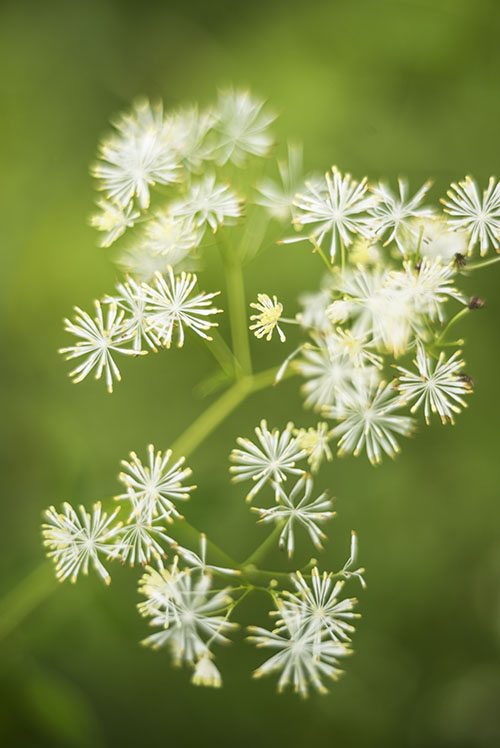Photographing with the Macro Switar on a Leica M and Fuji X-Pro1
The f/1.8 50mm Kern Macro Switar lens was made in Switzerland by Kern Aarau exclusively for the Alpa 35mm cameras. It was introduced in 1951 and reached legendary status for its precision optics and hand-crafted elegance. In 1958 the model was modified with the introduction of the Visifocus depth-of-file indicator shown on the lens in this blog post. As the aperture ring was turned, yellow dots appeared in the ring below to indicate the depth-of-field for the selected f/stop. In 1968 the design changed again with the addition of better coating of the lens elements and a decrease in the maximum aperture to f/1.9.
Early camera lenses did not have the sophisticated anti-reflective optical coatings we have today. Early lens designs had fewer optical elements to control aberrations and so did not require coatings to control reflective glare. As optical elements were added to lens systems creating more glass surfaces, they also created more problems with reflective glare from the increase of internal glass surfaces. In the mid-1930's a non-reflective coating was first discovered and used to coat the lens surfaces to reduce glare. This was not widely applied until after WWII. It took decades for the development of the sophisticated, multi-lens coatings we use today.
Early lenses have a muted, low contrast effect when used on modern digital camera sensors, which are more demanding than film. The original sharpness of these lenses remains unaffected. I seem to remember reading somewhere that for the film "Saving Private Ryan" the cinematographer had the lens coatings removed from the Nikon lenses used to shoot the film in order to simulate the effect of contemporary optics.
The electronic view finders and "live view" mode of mirrorless cameras has made it possible to mount many older camera lenses on them. So I decided to try the 50mm Switar on my Leica M and also the Fuji X-Pro1. Interestingly, it is a very small lens for having been intended for SLR use. In fact, it is not much larger than a regular Leica M lens. This, plus its ability to focus close, made it very appealing to try.
 |
| First thing I noticed about this lens was the low contrast due to its lack of modern anti-reflective coatings. |
 |
| The images are definitely sharp, but lacking in color punch -- a direct result of the low level of lens coatings. |
For all of the above samples, I used a very wide open lens aperture of f/2 and a filtered window light for illumination to enhance the softer color palette of the lens. The muted colors are a product of the age of the lens and its minimal anti-reflective coatings. There is no other post-processing going on here.
The main reason I enjoy using older lenses on modern digital cameras is for the inherent optical effects they offer due to the less sophisticated technology of their age. I find this extends the options of my creative palette.
 |
| Here the Switar is mounted on a Fuji X-Pro1 where it acts as a 75mm close-up lens. The pleasing look of the match of camera to lens almost appears as if they were made for each other. |
 |
| Taken with the Switar on the X-Pro1, this shot demonstrates the beautiful bokeh in the out of focus areas when working in close at a wide open f/1.8 aperture. |







Tidak ada komentar:
Posting Komentar